At a Glance
Quick Tips
- Carry plenty of supplies and spare tires
- Some areas are hours from the closest town


The La Sal, Dolores Triangle unit in Utah presents a challenging experience for hunters primarily due to its heavy dependence on weather conditions for a successful hunt. Many hunters have noted that snowfall significantly influences deer migration and visibility, with larger bucks typically appearing under colder conditions. Archery hunters have been seeking more information about this area, though feedback suggests that point usage should be carefully considered given the variability and point creep associated with migrating game. Hunters tend to recommend scouting beforehand and being prepared for the unpredictability of weather, noting that connecting with other hunters and planning logistics around potential storms can enhance the experience.
This unit is along the Colorado border. One of the smallest limited-tag deer units in the state, this area is open during a late season that allows hunters the rare opportunity to hunt Utah deer in the rut.
Hunters have experienced hit-or-miss hunting here because the weather dictates when deer migrate from Colorado. When snowstorms have arrived before the season, good bucks can be found here, but when the weather has been unseasonably mild deer can be holding up in Colorado, making it harder for hunters to find big bucks.
Animals are typically found in low canyons between 5,000 and 6,000 feet in elevation as well as on large and small mesas. Most small canyons run east to west, draining into the Colorado River, which is the units northern and western border. The Dolores River is the southern border. Some hunters glass from cliffs and high peaks to see a lot of country.
Access can be challenging in this unit. Hunters can drive from Colorado on several good four-wheel-drive roads. Hunters with ATVs can travel more quickly than those with conventional trucks and SUVs. A few hunters use flat-bottom boats to reach access points along the Colorado and Dolores rivers, allowing them to reach a small part of the unit. Some private property is along the Colorado River and the Colorado border. Hunters with good maps and GPS units should have no problem gaining access to public land.
Pinyon pines and junipers grow on the mesas and high slopes along with a few aspens. Below are meadows, some sagebrush and oak brush. Along streams grow riparian plants, such as willows and tamarisk.
Many hunters camp on public land along dirt roads, but can find lodging, gas, groceries and other supplies in Fruita.
Roughly 181 square miles
96% public land
Elevations from about 4,318-7,682 feet
Snow and rain can make roads hard to travel
ATVs are recommended